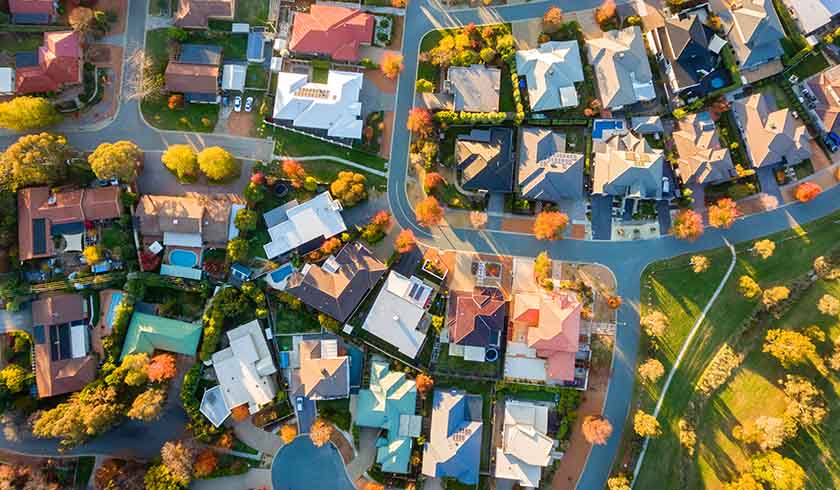Fresh data reveals wider impact of housing downturn for investors
Analysis of new data from the Australian Bureau of Statistics has found that a slowdown in housing approvals is being felt in the economy at large.

Data from the Australian Bureau of Statistics has shown that housing approvals have declined, with approvals for new dwellings for April declining by 0.6 per cent.
To continue reading the rest of this article, please log in.
Create free account to get unlimited news articles and more!
Houses recorded a decline of 1.9 per cent, yet dwellings excluding houses rose by 1.2 per cent.
Looking at the states and territories, total dwelling approvals declined the most in Victoria at 2.8 per cent, followed by Tasmania at 2.2 per cent, the Northern Territory at 2 per cent and NSW at just 0.4 of a percentage point.
Meanwhile, the largest rise was seen in the ACT with 7.7 per cent, followed by South Australia at 1.8 per cent, and then Western Australia at 1.3 per cent. Queensland approvals held steady.
Looking at the last three months to April 2019, Tim Reardon, chief economist of the Housing Industry Association, noted that approvals were down by 20.5 per cent compared to this quarter last year.
“The downturn in building activity is now evident in other economic data, including today’s data on capital expenditure. [Capital expenditure] fell 1.6 per cent in the March 2019 quarter due to significant falls in expenditure on new buildings,” Mr Reardon said.
“With the slowdown in home building accelerating in the first half of 2019, it is likely to weigh on economic growth in next week’s national accounts data.
“The fall in approvals in April were most likely influenced by low levels of consumer confidence during the federal election; however, the end of the election alone will not be sufficient to bring stability back into the housing market.”
Mr Reardon added that in order to address the housing downturn on the economy, the current credit squeeze needs to be eased.

